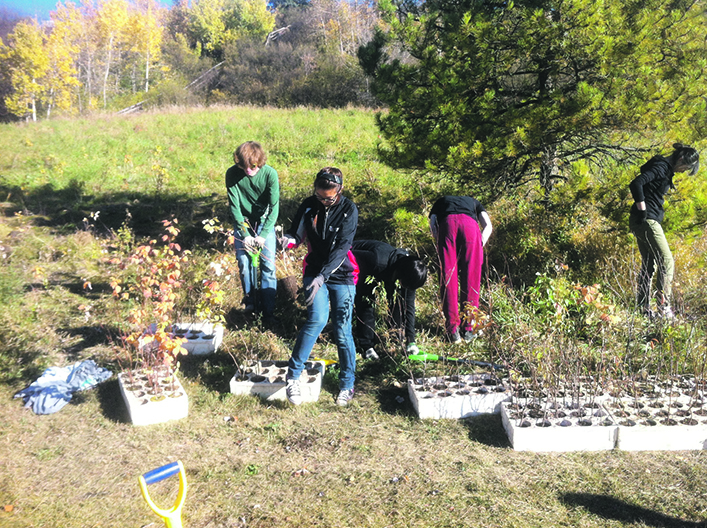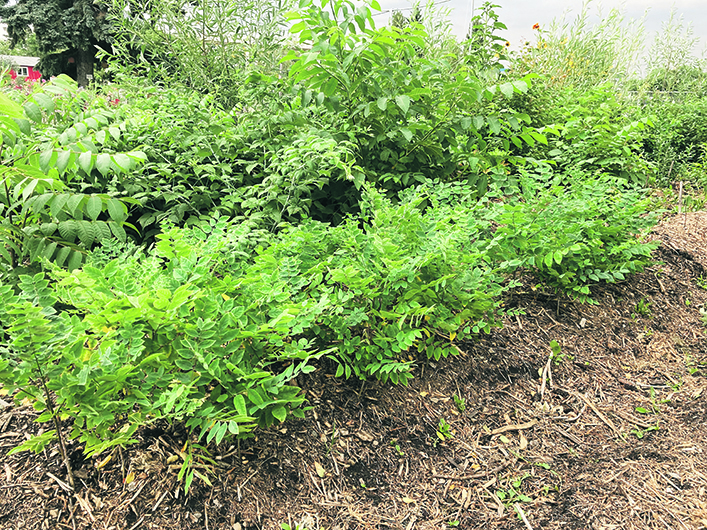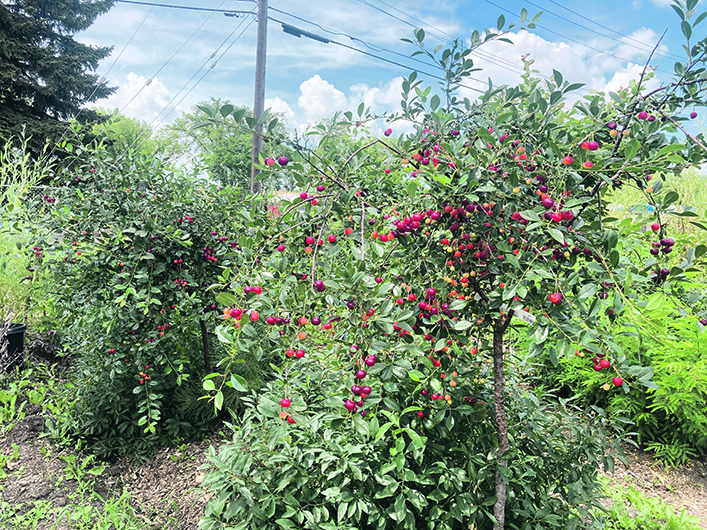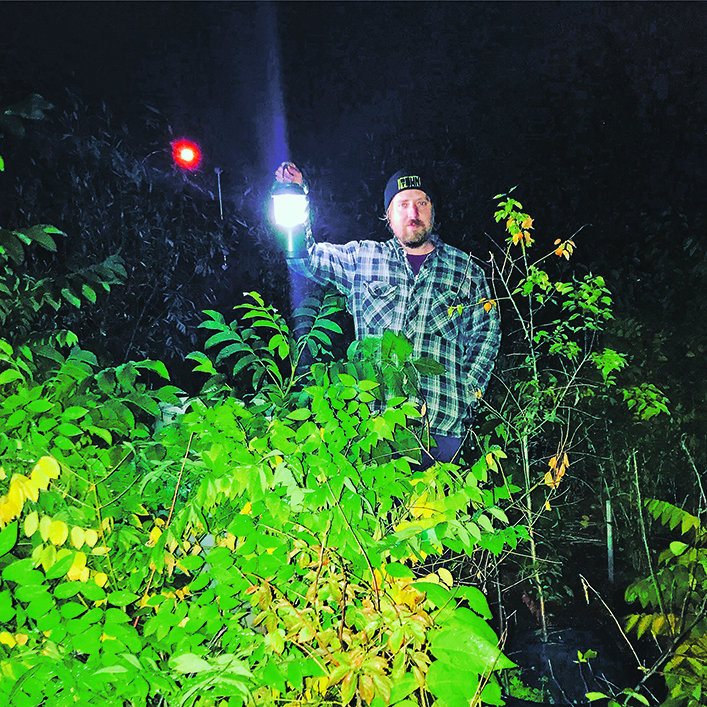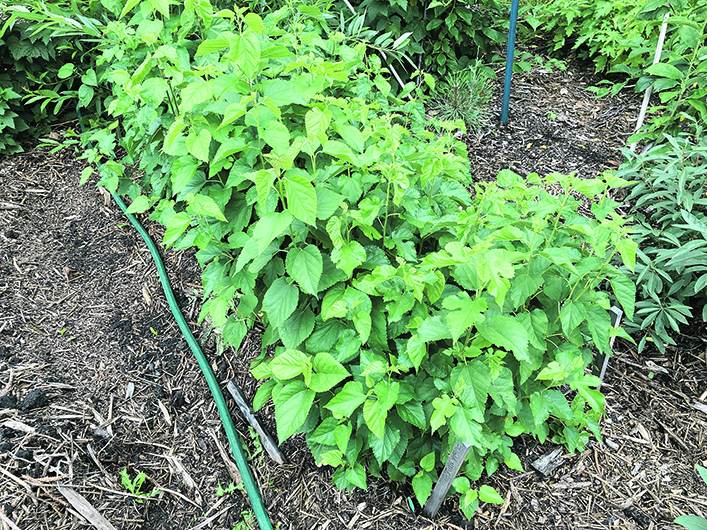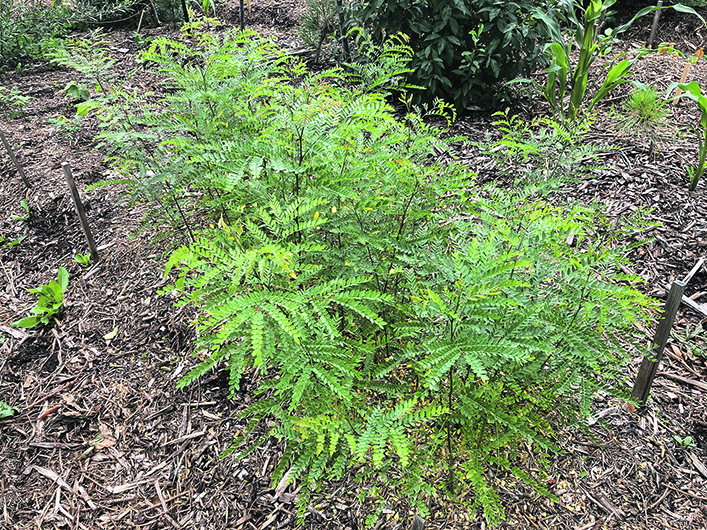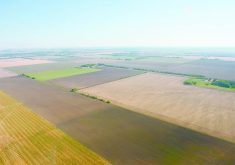What started as an effort to plant tree belts along Edmonton’s freeways now focuses mainly on trees that produce food
A half-filled ravine that feeds into the North Saskatchewan River was about to become another part of the Edmonton freeway system when it was saved by public protest.
What followed was a two-phase project to create the MacKinnon Food Forest.
In collaboration with the Roots for Trees team within the City of Edmonton, Dustin Bajer, with his background in education and horticulture, co-ordinated a volunteer team in 2014 to plant the first phase of the project.
The first plants were planted in poor soil that had originally been meant as a road foundation.
“That very first year the survival rate wasn’t as high as we would have liked,” Bajer said.
During the next few years, the MacKinnon Food Forest moved further along the ravine where it was a little bit cooler and the soil was better.
“We did a lot of our planting the next two years adjacent to and sometimes even dispersed within the young aspen forest, especially those understory plants like a high bush cranberry, and currents that like… dappled shade,” Bajer said.
The Root for Trees team, which originally planted evergreen tree belts along steep turf-covered embankments along freeways, adjusted its focus after the MacKinnon Food Forest was established. Now the team plants mostly fruit-bearing trees.
Currently, a new food forest is being planted along the south bank of the North Saskatchewan River, along a stretch of Edmonton’s 98th Avenue.
For Bajer, the MacKinnon Food Forest was only the beginning of his experiments with fruit-growing plants.
“I started with the Capilano apricots. Out of curiosity, I stuck a bunch in the ground on the side of the house… and 96 percent of them sprouted the following year.”
He wondered how he could accomplish this with other species.
“I have tried about 145 different species of plants, many of them local … like walnuts, which do grow here but aren’t very common, to try to bring in some other things that I think may grow here that we’ve just never really tried. I have hundreds of small trees in my yard and I have about 1,500 sq. feet of nursery space over at the Edmonton Urban Farm where I’ve got another 1,000 trees.”
For a few years, Bajer sold his trees to interested individuals, while continuing to offer education programs in local Edmonton schools, where he took seeds, propagation boxes, soil, and step-by-step instructions.
“Each class grew an average of 70 trees in a box like this. In June, the students potted their trees up and brought them home. Some teachers took trees home, some of the trees got handed out to community members and some of the trees got planted at the school,” said Bajer.
Bajer still sells trees to individuals, but he said the tree donation program has a broader reach and can work with schools or community groups.
He said his team can provide groups with the 20 trees they want, deliver them and get the trees in the ground.
In the near future, Bajer wants to expand the tree propagation courses he offers in local schools.
As well, Bajer has created an online resource at the Shrubscriber community.
“Their annual membership would cover the cost of growing and donating plants to local organizations.
“We’ve given a lot of trees away to schools. We’ve done some stuff with Sinkunia, which is an African group that supports recent immigrants. (We’ve) been offering a community tree propagation course. The goal … is to turn this from one tree-growing weirdo into a small army of tree-growing weirdos,” Bajer joked.
